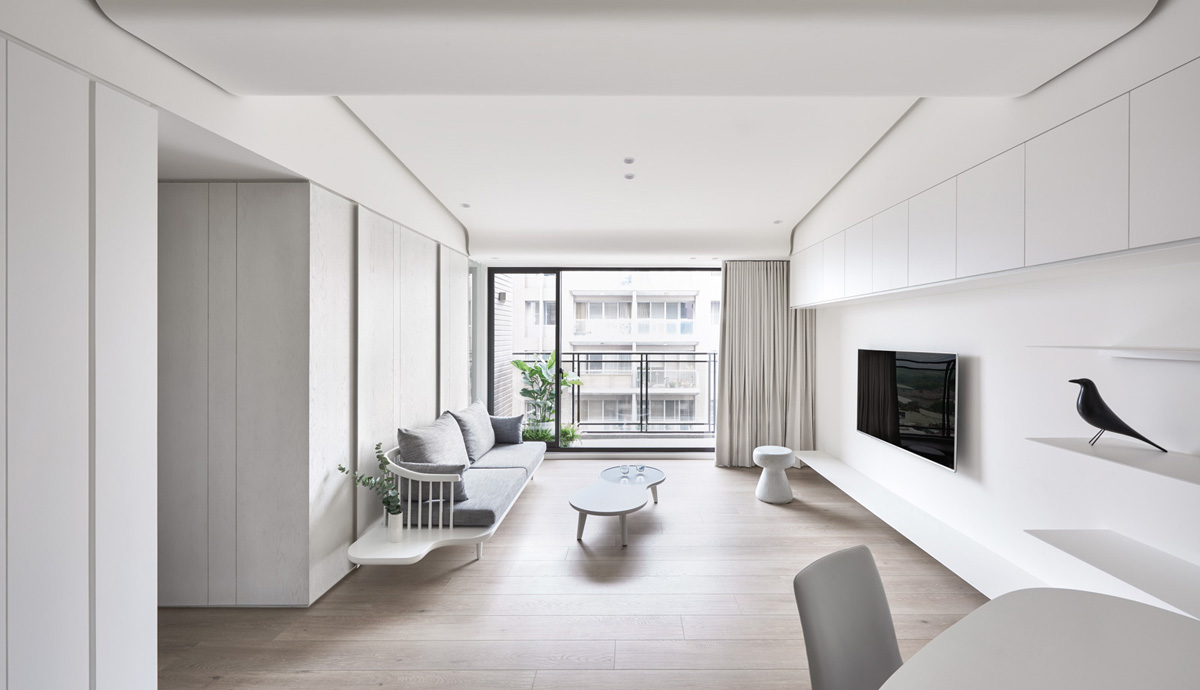
Designing a home involves many decisions, from selecting materials to choosing the right color palette. However, one critical aspect that often gets overlooked is the HVAC system. If you have a large house, some areas are likely unoccupied at different times of the day. For example, bedrooms may be empty during school or work hours, and the kitchen might only be used in the mornings and evenings. This sporadic use means that a traditional central air system can waste energy by heating or cooling unused spaces. A more efficient alternative is the mini split system, which is tailored for such situations.
Integrating Multi-Zone Ductless Systems in Home Design
Incorporating a mini split system into your home design can enhance both functionality and aesthetics. The term “mini split” refers to the system’s two main components: an outdoor unit and an indoor unit, connected by a conduit for refrigerant flow. This setup eliminates the need for bulky air ducts, allowing for a cleaner and more streamlined interior design.
A key feature of mini splits is their ability to create multiple zones within your home. This means you can install several indoor units in different rooms, each with its own temperature control. For example, a living room, each bedroom, and the kitchen can each have an indoor unit, allowing you to heat or cool only the rooms in use. This zoning capability not only saves energy but also enhances comfort, as each room can be adjusted to the occupants’ preferences.
Determining the Number of Zones
The number of mini splits you need depends on your home’s size and layout. A single outdoor unit can support up to eight indoor units, offering flexibility in designing your HVAC system. For instance, if your home has multiple bedrooms, a living room, dining room, kitchen, and office, you could install a mini split in each of these areas. This setup allows for independent control of each zone, providing personalized comfort throughout your home.
Benefits of Ductless Mini Split Systems in Home Design
One of the main advantages of integrating a mini split system into your home design is the elimination of ductwork. This is especially beneficial for older homes or those with architectural features that make duct installation challenging. Ductless systems require only a small hole for the conduit, making the installation process quicker and less invasive.
Energy efficiency is another significant benefit. Traditional ducted systems can lose a substantial amount of energy through leaks in the ductwork, leading to higher energy bills. Ductless systems avoid this issue, ensuring that all conditioned air reaches the intended space, thus enhancing overall energy efficiency.
Improved indoor air quality is another advantage. Without ducts, there are fewer opportunities for dust and allergens to enter the system and circulate throughout your home. This can be particularly beneficial for individuals with allergies or respiratory conditions, contributing to a healthier living environment.
Noise reduction is also a key benefit. Traditional window units can be quite noisy because the compressor is part of the indoor unit. In contrast, the compressor in a mini split system is located outside, significantly reducing the noise level inside your home. This creates a quieter and more comfortable indoor environment, essential for modern home design.
Enhancing Home Aesthetics and Comfort
A mini split system improves functionality and enhances the aesthetic appeal of your home. The absence of bulky ducts and vents allows for a cleaner, more streamlined look. Indoor units are sleek and unobtrusive, blending seamlessly with any interior design style. They can be mounted on walls, recessed into ceilings, or even placed on the floor, offering flexibility in design choices.
The ability to control the temperature in individual rooms also adds to the comfort and usability of your living spaces. You can create the perfect environment for each area of your home, ensuring that every room is as comfortable as possible, no matter the season.
Cost-Effective and Energy-Efficient
While the initial cost of installing a mini split system may be higher than that of traditional systems, the long-term savings can be substantial. Lower energy consumption translates to reduced utility bills, making the investment worthwhile over time. Additionally, the reduced need for maintenance and repairs, due to the absence of ducts, further contributes to cost savings.
Incorporating ductless mini split systems into your home design offers numerous benefits, from enhanced energy efficiency to improved indoor air quality and noise reduction. These systems allow for the creation of multiple zones, each with independent temperature controls, ensuring that you only heat or cool the rooms that are in use. This not only reduces energy waste but also leads to significant cost savings on your energy bills. The sleek design and flexible installation options make mini splits a perfect choice for modern homes.

